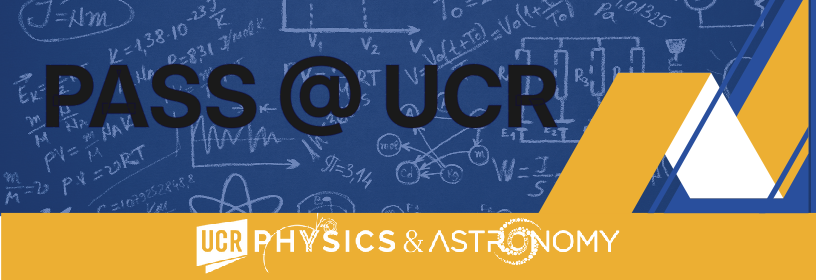Michael Wozniak, PhD student
Monday, 12:00 pm, Conference Room (PHYS 3051)
Constraining Dust Attenuation and Star-Formation Rates of z~2 Star-Forming Galaxies with Paschen and Balmer Line Measurements from JWST and Keck
Interstellar dust is a product of star formation that is ubiquitous across star-forming galaxies during cosmic noon, and absorbs and scatters light within the galaxies. Correcting for dust is necessary when inferring several galaxy properties, including star-formation rate and the age of stellar populations. Hydrogen recombination lines are the most common tool for determining reddening and star-formation rates in nebular regions within galaxies. The advent of JWST has enabled new observations of Paschen emission from galaxies at z~2, which is less affected by dust than Balmer emission. For our analysis, we obtain measurements of Balmer and Paschen emission for a sample of 83 galaxies using ground- and space-based observations from MOSFIRE and NIRCam/grism. We compare the nebular reddenings as probed by the Balmer and Paschen emission and find that, once observational effects are accounted for, using Paschen emission can reveal star formation in regions that are optically thick to the Balmer emission alone.
